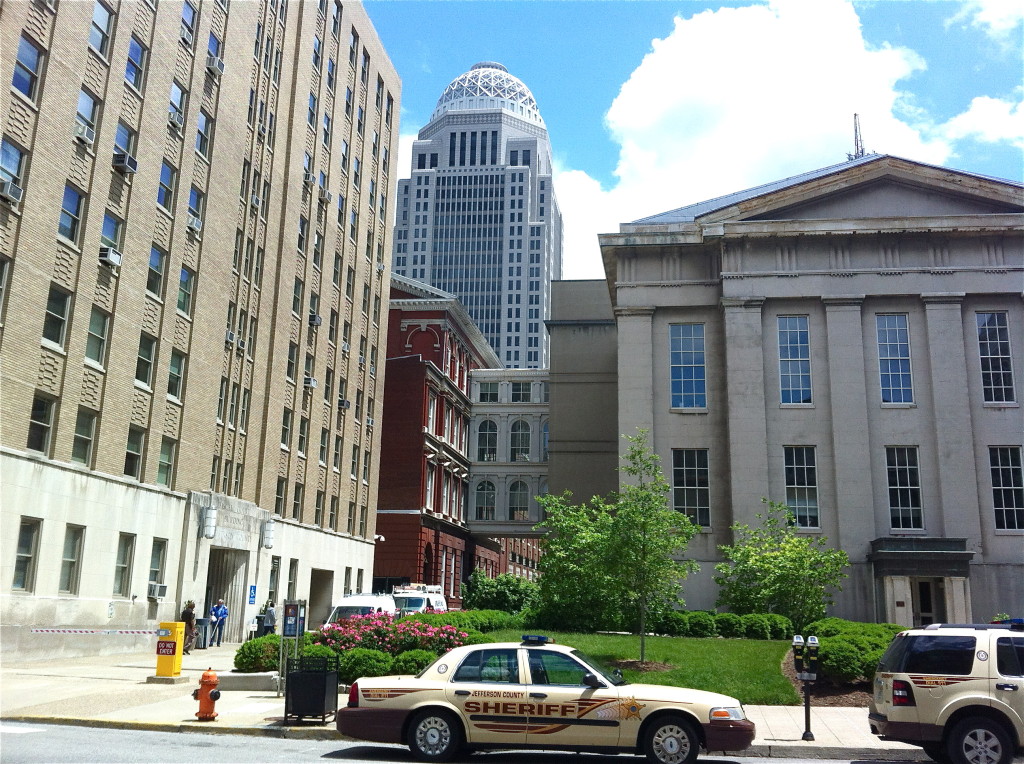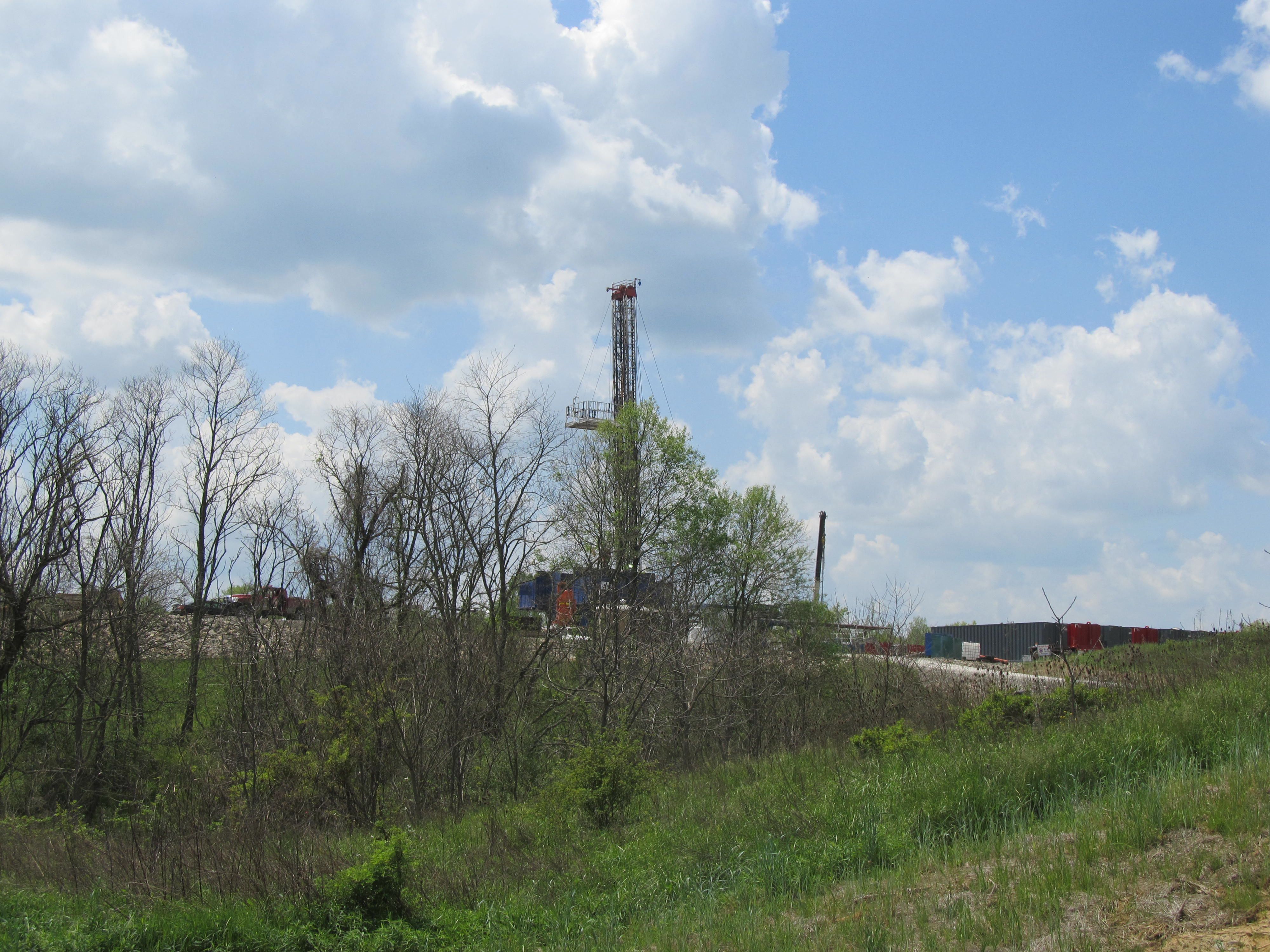
CARMEL, Ind. – James Brainard, the 60-year-old mayor of Carmel, Indiana, is not the kind of public official who deplores change. He’s just the opposite, in fact.
In 1994, this prosperous suburb just north of Indianapolis held a planning workshop, inviting its 31,000 residents to consider ideas to redevelop Carmel’s crossroads downtown, parts of which date to the city’s founding in 1830. The next year Mr. Brainard, a moderate Republican, was elected to the first of his five terms in office, running on a platform that included investing taxpayer dollars to put the development plan for the original downtown, now known as the Arts and Design District, into effect.
Two decades later Carmel is a city of 85,000 residents transformed by a construction strategy unique in Indiana and the Midwest. It stresses 1) high-wage job recruitment in a district of contemporary glass and steel buildings along Meridian Street that houses over 40 corporate headquarters, 2) construction of office, residential, and entertainment venues in two central city districts that invite sidewalk dining and strolling, and 3) replacing over 80 intersections with roundabouts to keep vehicles moving and reduce traffic congestion.
The Arts and Design District set the stage for much of Carmel’s development over the last decade. Since 2005 just over $70 million has been invested by the city and private developers in nearly 300 new residences and dozens of new businesses that encompass almost 900,000 square feet of renovations and new construction, according to city records.
In Louisville, just hours south of Carmel, William Weyland is the design and marketing spirit behind the ten-story baseball bat outside the 200,000-square foot Louisville Slugger factory and museum on West Main Street. Mr. Weyland’s company, CITY Properties Group, finished the project in 1996 and it now attracts over 250,000 visitors annually.
Mr. Weyland’s company is responsible for a string of other offbeat projects to recycle old buildings. They include a $17 million renovation, completed in 2011, of the 145-year-old, 120,000-square foot Whiskey Row warehouses on West Main Street. The project has first floor space for five restaurants, and 36 residential lofts on the upper floors.
Now, for the first time in his career Mr. Weyland, who was raised in this Ohio River city and spent much of his career as an architect and developer, is undertaking major new construction – a $20 million, 121,700-square foot Hilton Garden Inn. The 163-room hotel, which opens in October, is rising at the corner of Third and Chestnut.
It is one of three new hotels under construction in downtown Louisville, the result of a successful public-private partnership that turned several hundred million dollars in taxpayer investments into hundreds of millions of dollars more in private investments. Louisville’s downtown core is now alive with entertainment venues, restaurants, watering holes and new residences.
Earlier this summer, in articles in The New York Times, I reported on redevelopment activities in Carmel and Louisville. See:
Mayor Drives the Remaking of an Indiana City
Waking Up Louisville’s Downtown
Both articles underscored the value of the first principle in American economic development — investing public dollars in public goods to leverage even larger private investments. The United States developed as a result of this basic principle of economic well-being. Transport canals were constructed in the 19th century along with the transcontinental railroad and America’s land grant research universities. The Interstate highway system was built along with dams, power stations, irrigation networks, parks, public buildings, and universities in the 20th century.
But it is this principle that could turn out to be the one most gravely injured by the ideological conflict of our era. At the federal level, and in most states, the notion that governments and taxpayer investments have importance in economic advancement is under attack as never before. Conservatives say they are worried about deficits. Democrats have expressed no creativity in explaining why public investment is so vital to the nation’s success, so important to making the transition to more energy efficiency, more transportation efficiency, more sustainable ways of doing our business. It takes money to make that transition, which is occurring at a much slower pace than it should. And that slow pace hurts job growth, injures innovation, and produces a kind of overwhelming national discouragement about our capacity to confront and solve big problems.
Very fortunately, cities understand that to grow takes money. City leaders have been able to marshal public support to spend on roads and trains and parks and buildings that attract new private investment. Carmel and Louisville are examples of that trend. So are Owensboro and Cincinnati, and Buffalo, and Akron, and Grand Rapids, and Cleveland, and Toledo, and Kent. Those are the other cities in the Midwest and Great Lakes regions that I’ve profiled in the New York Times. Reporting on all of them can be found in the Rustbelt Revives section here on ModeShift.
— Keith Schneider





Keith Schneider is correct that public investment can leverage private investment and end up as a “win-win†for communities. However, it’s not automatic and that public investment must be carefully planned and accompanied by meaningful tax reform. Otherwise, taxpayers end up paying for the same infrastructure two or even three times over. I call this the “perversity of infrastructure.â€
As Keith points out, infrastructure is created to facilitate development. However, well-planned and well-executed infrastructure projects can induce land speculation that thwarts development. Inflated land prices near new or improved infrastructure chases development to cheaper, but more remote sites. This is part of the dynamic fueling sprawl.
Taxpayers fund new infrastructure. But if they want to take full advantage of it, they want to locate their homes or their businesses near the new infrastructure. In order to do so, they often must pay a premium rent or price to locate near the infrastructure that they have already paid for. (This is the second time that taxpayers pay for infrastructure.) Occasionally, developers will go to the government and complain that high land prices preclude development. They may demand tax abatements or exemptions as a condition for developing near the new infrastructure. (This is the third time that taxpayers pay!)
Fortunately, there is a remedy for this problem. Some communities have reduced the property tax rate applied to privately-created building values. This makes buildings cheaper to build, improve and maintain.
To avoid revenue losses, these communities increase the tax rate on publicly-created land values. Surprisingly, this helps keep land prices more affordable. How? Higher taxes on land values reduce the profits from land speculation, thereby reducing the speculative demand for land. Also, land values created by new public infrastructure now flow back to the public sector (rather than becoming windfalls for a few private landowners). This helps make infrastructure financially self-sustaining and helps keep other taxes low.
By shifting property taxes off of privately-created building values and onto publicly-created land values, these communities create more affordable homes and business locations. They also create an economic incentive to develop high-value sites – which tend to be next to urban infrastructure amenities and this is where development belongs.
For more information, see “Using Value Capture to Finance Infrastructure and Encourage Compact Development†at https://www.mwcog.org/uploads/committee-documents/k15fVl1f20080424150651.pdf